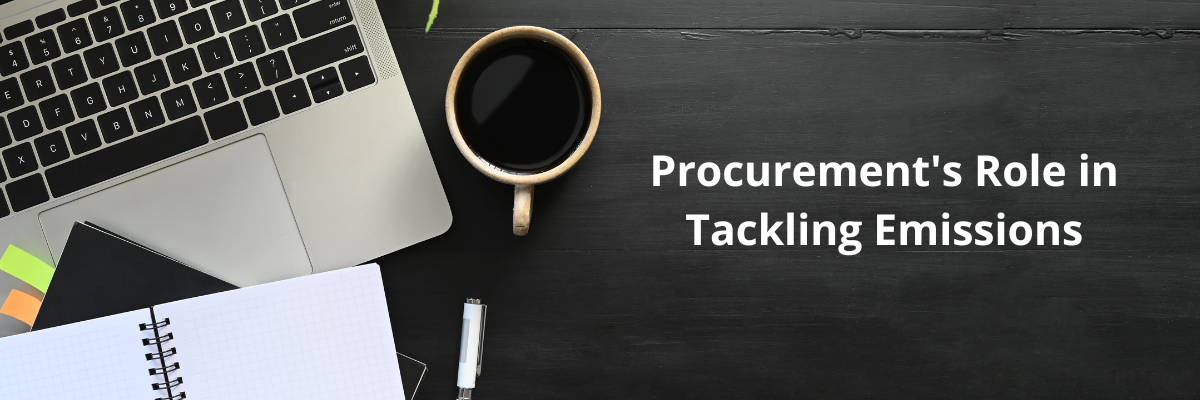Procurement teams are playing a crucial role in shaping their organizations' sustainability programs and reducing emission footprints in 2023, particularly within Scope 3 – a sector representing the most significant challenges for many businesses.
| Scope 3 refers to the greenhouse gas emissions that a company doesn't directly produce or which don't result from activities involving assets they own or control. Instead, these emissions originate from indirect responsibilities across the entirety of the company's value chain. |
According to a Procurement Leaders report titled Building a Procurement Sustainability Programme, an average of 57% of an organization's environmental impact originates from its supply chain. It's more straightforward to reduce emissions under Scopes 1 and 2 (which are connected to the company more directly), but upstream Scope 3 is more complex due to reliance on suppliers' accurate data gathering and relay.
Presently, only 26% of global Scope 3 emissions are covered by targets, according to the non-profit disclosure organization CDP. This statistic underscores the vast amount of work required to reduce this significant contributor to many organizations' emissions footprint. In 2023, procurement assumed the mantle of responsibility for managing upstream Scope 3 footprints, as per 22% of respondents in a recent survey. Procurement will have to identify and mitigate environmental impacts to meet growing social and legislative demands.
But progress is being made, one case in point being the company Kraft Heinz. After assessing its total value chain emissions, the company found that 95% of its total footprint was from Scope 3 emissions. As a result, it prioritized tackling Scope 3 emissions and aims to achieve net-zero greenhouse gas emissions across its global supply chain by 2050.
The challenge lies in the scale of the task. Large businesses have to gather and harmonize sustainability performance data from tens of thousands of Tier-1 suppliers. Direct supplier contact and common standards are the preferred approach for reducing Scope 3 emissions. Organizations recognize the value of an emissions-reduction program – particularly in industries such as consumer goods, manufacturing, and logistics. The increased scrutiny requires these companies to confirm their total emissions footprint through third-party verification, set effective targets, and establish fixed deadlines.
Long-term sustainability commitments are being made globally. The UK aims to reduce emissions by 68% by 2030, the EU aims for a 55% reduction, and meanwhile the US for a 50%-52% reduction. These objectives align with the UN Paris Agreement's goal of limiting the global temperature increase to 1.5°C above pre-industrial levels.
Despite the uphill battle, procurement's key role in sustainability and emissions reduction presents an opportunity for positive change. With the correct approach, procurement functions can help organizations significantly reduce their environmental impact.

.png)
-2.jpg)

